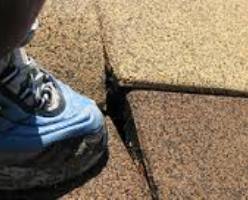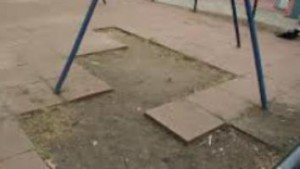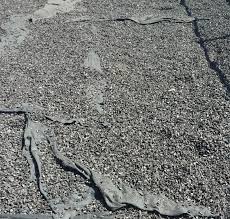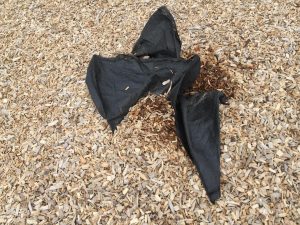Playground Tripping Hazards
These hazards are often found during playground safety inspections. Most playground tripping hazards occur on safety surfacing; they include deep pits and cracks in degraded poured-in-place rubber surfacing, clumps and folds of geo-fabric, the layer beneath engineered wood fiber surfacing, exposed when the wood mulch is scattered, and the tops and edges of concrete footings exposed due to the wearing away of safety surfacing. Naturally occurring tripping hazards also exist on playgrounds, which can include: exposed tree roots, rocks, and debris. Tripping hazards are usually not visible, and are often unexpected to young children who are running at full tilt on the playground. When children trip and fall, they can sustain serious head and bone injuries and painful bruises.
The Handbook for Public Playground Safety by the CPSC states:
Solutions for Tripping Hazards on a Playground
- Anchoring devices should be installed below the ground
- Alternating colors between surfacing and equipment can avoid confusion
- Any containment walls should be visible
- Any elevation change should be extremely clear or marked
- Alternating colors between surfacing and containment can be helpful as well
- Use playground surfacing DIY repair kits to fix holes, cracks and gaps in your surface.
Tripping isn’t the most dangerous hazard on the playground, but it is easily avoided with frequent inspections and maintained surfacing. Poured in place rubber can be displaced if the base underneath isn’t secure. Be sure to check that your surfacing is smooth and that there aren’t any sudden changes in elevation.




